
Tagaytay: The Serene Getaway in the Philippines
Discover Tagaytay: A cool, scenic refuge in the Philippines, famous for its breathtaking views of Taal Volcano, delicious local cuisine, and a variety of outdoor activities.
Tagaytay is a beautiful city in the Philippines, located just a short drive from the bustling capital of Manila. Nestled on a ridge overlooking the picturesque Taal Lake and Taal Volcano, it offers a cool climate and stunning views, making it a perfect escape from the heat of the lowlands. The city's high altitude provides a refreshing breeze and a serene atmosphere that is ideal for relaxation and rejuvenation. One of the main attractions in Tagaytay is the Taal Volcano, which is known as the world's smallest active volcano. Visitors can take a boat ride across Taal Lake to the volcano island and hike up to the crater for a breathtaking view. For those who prefer a more relaxed experience, the many view decks and parks in Tagaytay offer panoramic vistas of the volcano and the surrounding countryside. Tagaytay is also famous for its culinary delights. The city is dotted with numerous restaurants and cafes that serve a variety of local and international cuisines. A must-try is the bulalo, a hearty Filipino beef marrow stew that is perfect for the cool weather. There are also many farm-to-table dining options, where visitors can enjoy fresh and organic produce. In addition to its natural beauty and delicious food, Tagaytay offers a range of activities for all types of travelers. Adventure seekers can enjoy ziplining, horseback riding, and ATV rides, while those looking for a more laid-back experience can visit the many gardens, spas, and wellness centers. The city's vibrant local markets and shops are also great places to find unique souvenirs and handicrafts.
Local tips in Tagaytay
- Visit during the weekdays to avoid the weekend crowds and enjoy a more peaceful experience.
- Bring a light jacket or sweater as the weather can be cooler than in other parts of the Philippines.
- Try the local specialty, bulalo, at one of the many roadside eateries.
- For the best views of Taal Volcano, go to the People's Park in the Sky or Picnic Grove.
- Book your accommodation in advance, especially during peak seasons like Christmas and the summer months.
Tagaytay: The Serene Getaway in the Philippines
Tagaytay is a beautiful city in the Philippines, located just a short drive from the bustling capital of Manila. Nestled on a ridge overlooking the picturesque Taal Lake and Taal Volcano, it offers a cool climate and stunning views, making it a perfect escape from the heat of the lowlands. The city's high altitude provides a refreshing breeze and a serene atmosphere that is ideal for relaxation and rejuvenation. One of the main attractions in Tagaytay is the Taal Volcano, which is known as the world's smallest active volcano. Visitors can take a boat ride across Taal Lake to the volcano island and hike up to the crater for a breathtaking view. For those who prefer a more relaxed experience, the many view decks and parks in Tagaytay offer panoramic vistas of the volcano and the surrounding countryside. Tagaytay is also famous for its culinary delights. The city is dotted with numerous restaurants and cafes that serve a variety of local and international cuisines. A must-try is the bulalo, a hearty Filipino beef marrow stew that is perfect for the cool weather. There are also many farm-to-table dining options, where visitors can enjoy fresh and organic produce. In addition to its natural beauty and delicious food, Tagaytay offers a range of activities for all types of travelers. Adventure seekers can enjoy ziplining, horseback riding, and ATV rides, while those looking for a more laid-back experience can visit the many gardens, spas, and wellness centers. The city's vibrant local markets and shops are also great places to find unique souvenirs and handicrafts.
When is the best time to go to Tagaytay?
Iconic landmarks you can’t miss
Sky Ranch Tagaytay
Experience thrilling rides and breathtaking views at Sky Ranch Tagaytay, where adventure meets stunning natural beauty in the heart of Cavite.
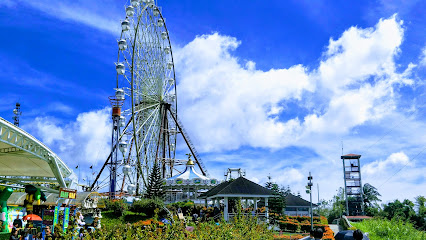
Mahogany Beef Market & Bulalohan
Experience the vibrant flavors of Tagaytay at Mahogany Beef Market & Bulalohan, a must-visit for food lovers and cultural explorers.
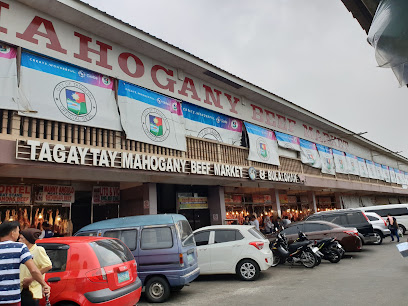
Tagaytay Picnic Grove
Experience the beauty and tranquility of Tagaytay Picnic Grove, a perfect getaway featuring breathtaking views and delightful outdoor activities.

People's Park in the Sky
Discover breathtaking views and tranquil gardens at People's Park in the Sky, a serene escape in Tagaytay, perfect for nature lovers and tourists alike.
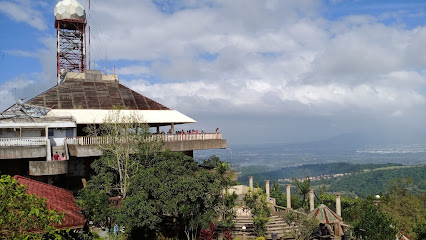
Twin Lakes Tagaytay
Explore the breathtaking beauty of Twin Lakes Tagaytay, a serene destination with stunning views, delicious dining, and unique shopping experiences.
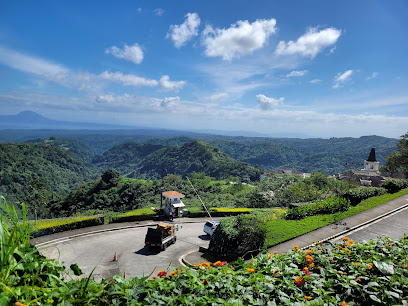
Pink Sisters' Convent and Chapel
Discover spiritual tranquility and breathtaking views at the Pink Sisters' Convent and Chapel in Tagaytay, a must-visit for every traveler seeking peace.
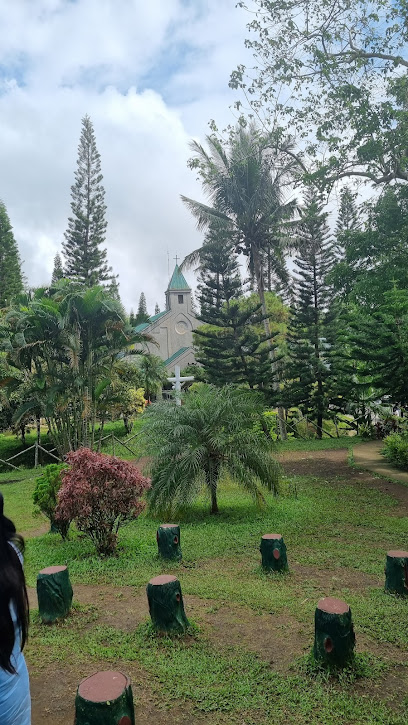
Our Lady of Lourdes Parish Church - Silang Junction North, Tagaytay City, Cavite (Diocese of Imus)
Discover the peaceful Our Lady of Lourdes Parish Church in Tagaytay, a modern spiritual haven surrounded by natural beauty and serene landscapes.
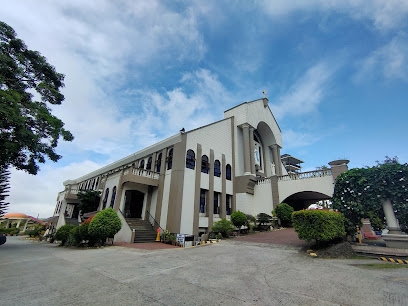
Tagaytay Public Market
Discover the local flavors and vibrant culture at Tagaytay Public Market, a must-visit destination for every traveler in the Philippines.
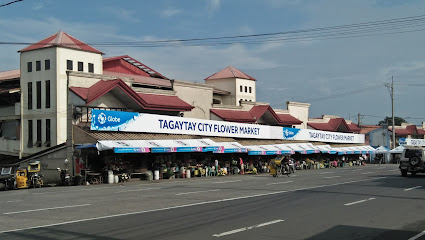
Puzzle Mansion
Discover the enchanting world of puzzles at Puzzle Mansion in Tagaytay, a unique museum showcasing over 1,000 intricate jigsaw puzzles.
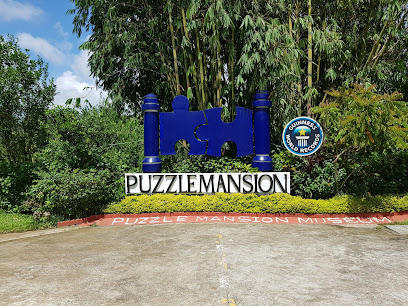
Museo Orlina
Explore the captivating world of glass art at Museo Orlina in Tagaytay, where creativity meets stunning natural beauty.
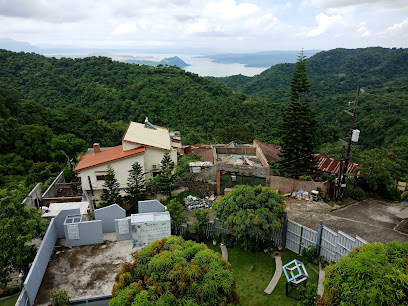
Crosswinds | Luxury Swiss Resort in Tagaytay
Discover the charm of Crosswinds, a luxurious Swiss resort in Tagaytay, perfect for relaxation and unforgettable experiences amidst stunning landscapes.
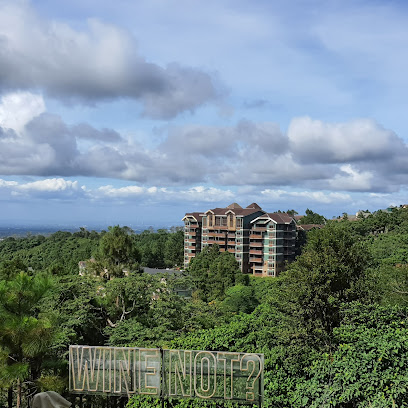
Fora Rotunda Tagaytay by Filinvest
Explore Fora Rotunda Tagaytay, where shopping, dining, and stunning views create the ultimate tourist experience in the cool highlands of Cavite.
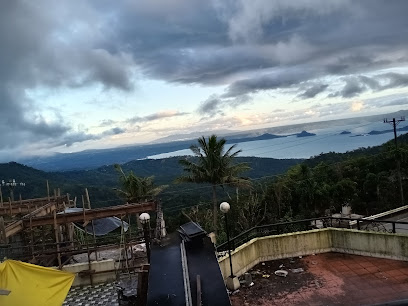
Mahogany Public Market
Discover the flavors and culture of Tagaytay at Mahogany Public Market, where fresh produce and local delicacies await your taste buds.
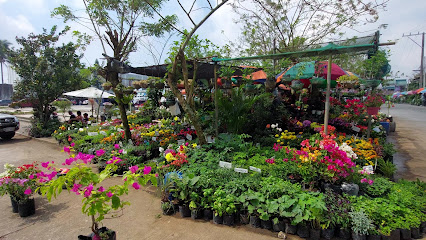
Our Lady of Manaoag
Discover the beauty and serenity of Our Lady of Manaoag, a revered Catholic church in Tagaytay, blending spirituality with stunning architecture.
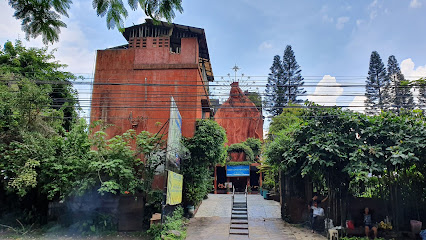
Villa Ibarra
Experience the enchanting charm of Villa Ibarra in Tagaytay, where Filipino cuisine meets breathtaking views and serene surroundings.
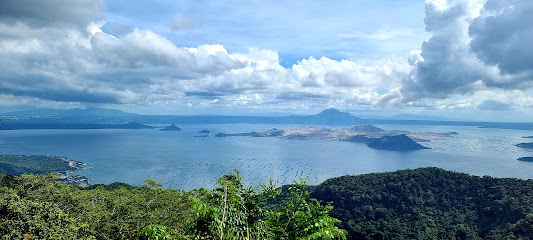
Unmissable attractions to see
Sky Ranch Tagaytay
Experience the thrill of Sky Ranch Tagaytay, where adventure meets stunning views of Taal Volcano and unforgettable family fun awaits.
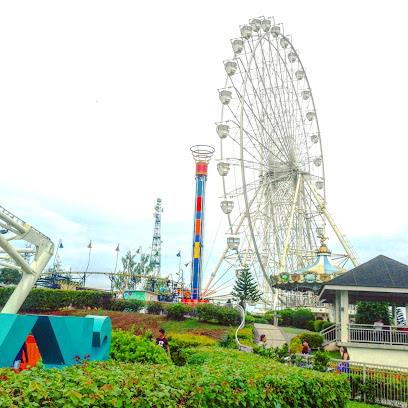
Enchanted Kingdom
Discover the enchanting world of rides and attractions at Enchanted Kingdom, the premier theme park in Santa Rosa, Laguna, Philippines.
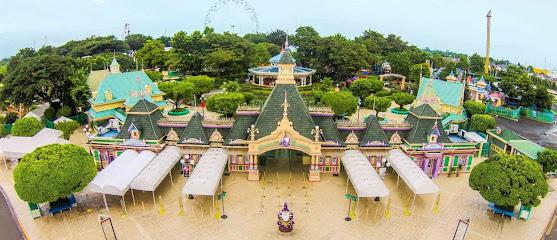
Mahogany Beef Market & Bulalohan
Discover the rich flavors of Filipino cuisine at Mahogany Beef Market & Bulalohan in Tagaytay, renowned for its savory bulalo and vibrant market atmosphere.
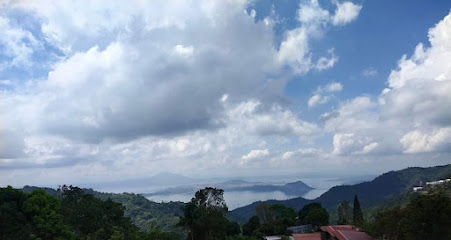
People's Park in the Sky
Experience the breathtaking views and tranquil atmosphere of People's Park in the Sky, a must-visit destination in Tagaytay, Philippines.
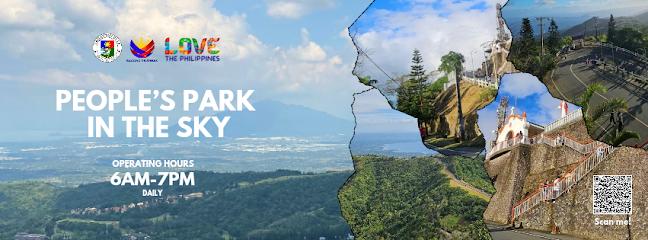
Twin Lakes Tagaytay
Discover Twin Lakes Tagaytay, a stunning tourist attraction offering breathtaking views, lush landscapes, and delightful experiences in the heart of Batangas.
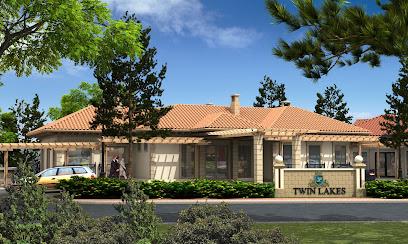
Aguinaldo Shrine (Museo ni Emilio Aguinaldo)
Discover the Aguinaldo Shrine in Kawit, Cavite, a historical museum honoring the legacy of Emilio Aguinaldo and the Philippine Revolution.
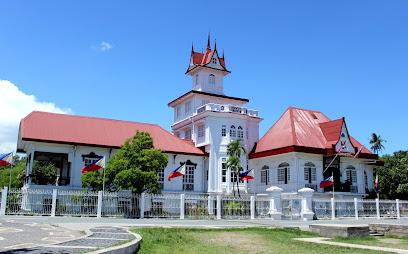
Villa Escudero Plantations and Resort
Experience the enchanting Villa Escudero Plantations and Resort, where natural beauty meets Filipino culture in Tiaong, Quezon.

The Dessert Museum
Experience the sweet fusion of art and confectionery at The Dessert Museum in Pasay, Metro Manila, a must-visit for dessert lovers and art enthusiasts alike.

Ayala Museum
Explore the Ayala Museum in Makati for an enriching glimpse into Filipino art, history, and culture amidst the vibrant urban landscape.
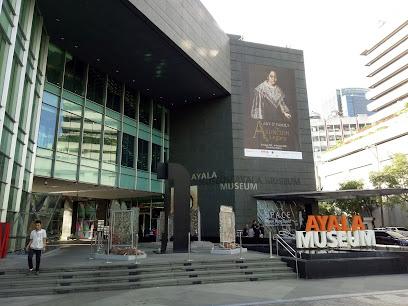
Taal Volcano
Experience the breathtaking beauty and adventure of Taal Volcano in Talisay, Philippines - a geological marvel with stunning views and rich cultural significance.
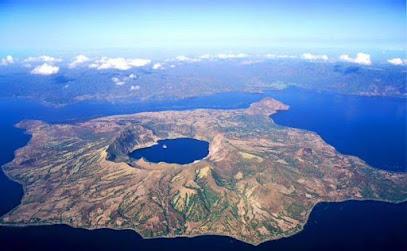
Laguna Hot Spring Resort
Discover the ultimate relaxation at Laguna Hot Spring Resort, where natural hot springs meet luxurious spa experiences in the heart of Laguna, Philippines.

Puzzle Mansion
Explore the world’s largest jigsaw puzzle collection at Puzzle Mansion in Tagaytay, a unique tourist attraction that combines fun and fascination.
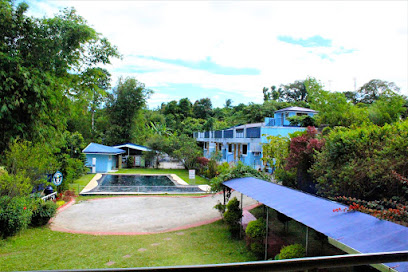
Museo Orlina
Explore the mesmerizing Museo Orlina in Tagaytay, showcasing exquisite glass sculptures and vibrant Filipino artistry amidst stunning natural beauty.
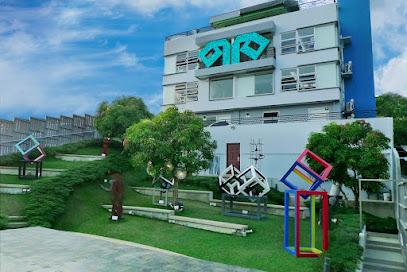
Hidden Valley Springs
Immerse yourself in the serene beauty of Hidden Valley Springs, a natural paradise in Calauan, Laguna, with rejuvenating hot springs and lush landscapes.

Ming's Garden
Experience the tranquil beauty and culinary delights at Ming's Garden, the perfect getaway in Tagaytay for nature lovers and foodies.
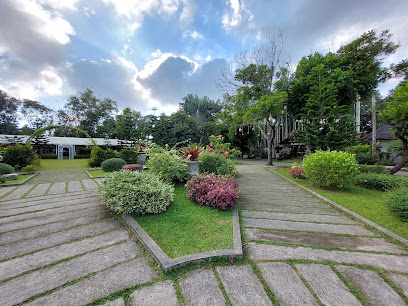
Essential places to dine
Balay Dako
Experience authentic Filipino cuisine amidst breathtaking views at Balay Dako in Tagaytay.
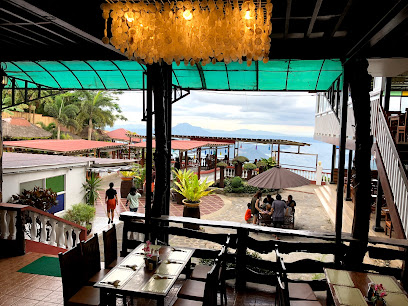
Leslie's Restaurant
Discover authentic Filipino flavors at Leslie's Restaurant with breathtaking views of Taal Lake in Tagaytay.
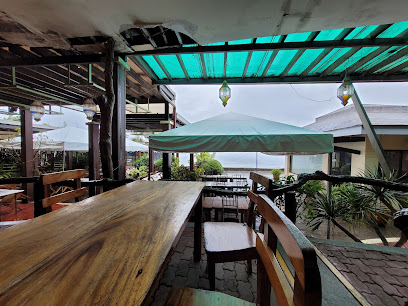
Breakfast at Antonio's
Indulge in a gourmet breakfast experience at Antonio's in Tagaytay with stunning views and exquisite dishes.
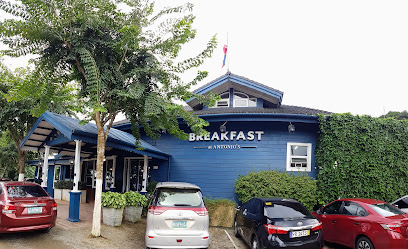
Charito by Bag of Beans
Experience exquisite dining at Charito by Bag of Beans in Tagaytay with breathtaking views and delightful flavors.
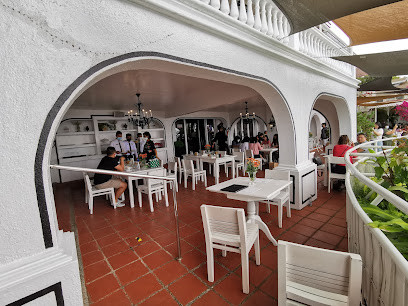
Bulalo Point Turo-Turo Grill
Experience authentic Filipino cuisine with breathtaking views at Bulalo Point Turo-Turo Grill in Tagaytay.
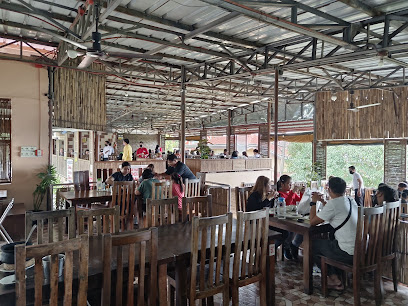
Mushroomburger
Discover the delightfully unique taste of mushroom burgers at Mushroomburger in scenic Tagaytay – where every bite tells a story!
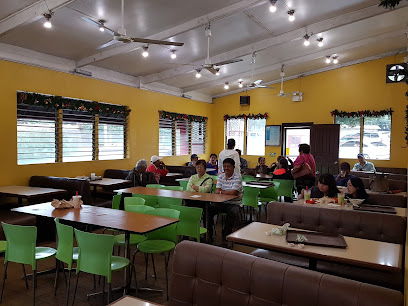
Ridge Park Kainan sa Kubo
Experience authentic Filipino cuisine in cozy huts at Ridge Park Kainan sa Kubo, surrounded by nature's beauty in Tagaytay.
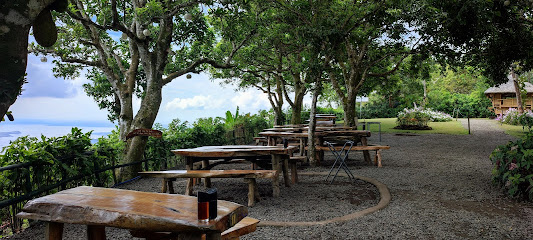
Green ATS Restaurant
Discover Green ATS Restaurant in Tagaytay – where delicious food meets stunning views.
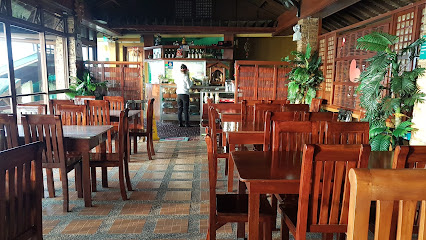
Cafe Voi La Crosswinds
Discover the serene charm of Café Voi La Crosswinds in Tagaytay – where delightful cuisine meets breathtaking views.
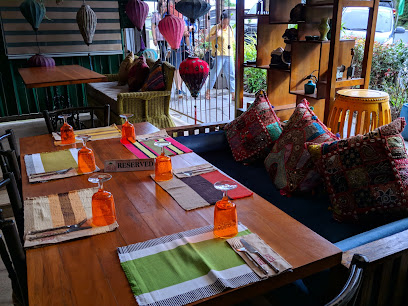
Tsokolateria
Experience the fusion of Filipino flavors and exquisite chocolate at Tsokolateria in Tagaytay – a true delight for food lovers.
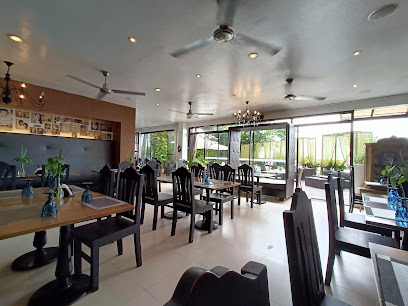
Farmer’s Table Tagaytay
Discover delicious farm-to-table dining at Farmer’s Table Tagaytay – where fresh ingredients meet serene surroundings.
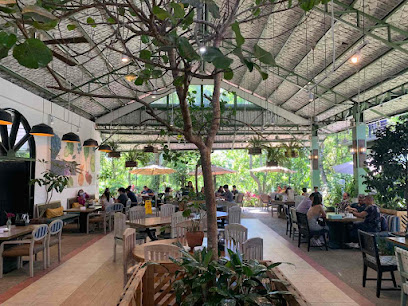
Antonio's Restaurant
Experience unparalleled fine dining at Antonio's Restaurant in Tagaytay—where culinary artistry meets breathtaking views.
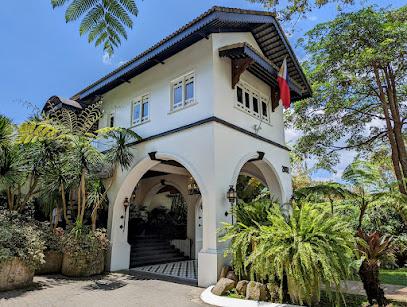
Balinsasayaw - Alfresco Dining & Cafe
Experience exquisite alfresco dining at Balinsasayaw - where delightful flavors meet breathtaking views in Tagaytay.
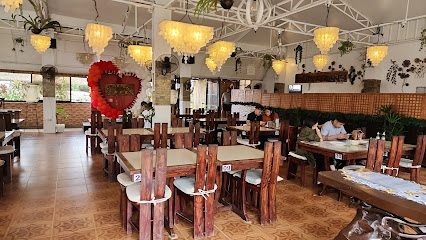
Dahon at Mesa - Tagaytay
Discover exquisite Filipino cuisine paired with breathtaking views at Dahon at Mesa in scenic Tagaytay.
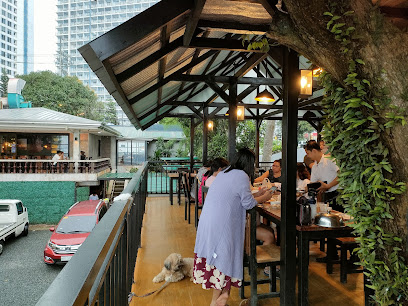
Marcia Adams' Restaurant
Experience culinary excellence at Marcia Adams' Restaurant in Alfonso, Cavite - where every dish tells a story of local flavors.
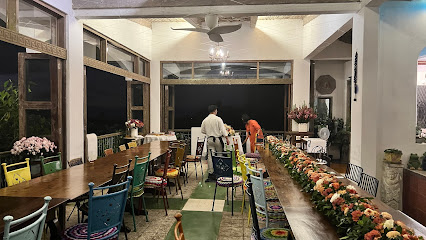
Markets, malls and hidden boutiques
Robinsons Tagaytay
Discover shopping, dining, and entertainment at Robinsons Tagaytay, a premier mall where stunning views meet modern retail experiences.

Ayala Malls Serin
Discover the best shopping, dining, and leisure experiences at Ayala Malls Serin, nestled in the scenic beauty of Tagaytay.
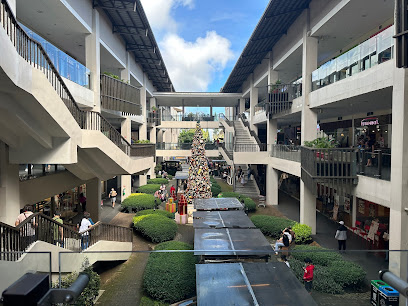
Fora Mall Tagaytay
Explore Fora Mall Tagaytay for a unique shopping and dining experience in the heart of the scenic Tagaytay region.
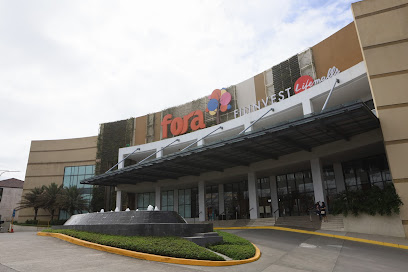
Ukay-Ukay Hub
Explore Ukay-Ukay Hub: Tagaytay's affordable treasure trove for unique vintage and second-hand clothing.

UNO Factory Outlet Tagaytay
Discover unbeatable bargains at UNO Factory Outlet Tagaytay, where shopping meets stunning views in the heart of Cavite.
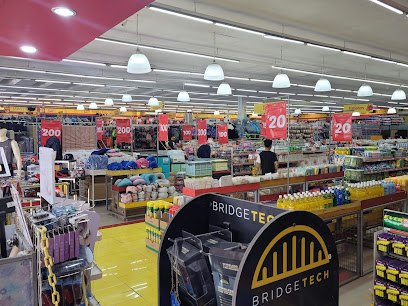
Urbanizta Fashion Boutique
Explore Urbanizta Fashion Boutique in Tagaytay for stylish clothing and accessories that reflect contemporary trends with a local touch.
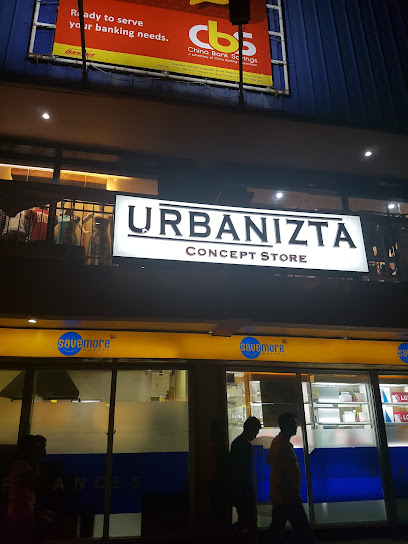
Fashionista Fashion Boutique Japan and Imports
Explore vibrant fashion at Fashionista Fashion Boutique in Tagaytay, where style meets local craftsmanship for an unforgettable shopping experience.
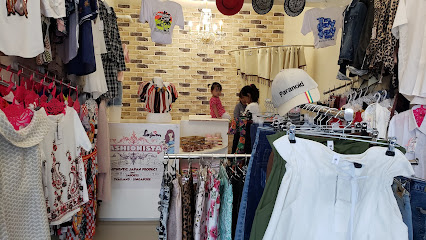
Souvenir Shop
Discover unique Filipino crafts and memorable keepsakes at Tagaytay's charming souvenir shop, where local culture meets creativity.
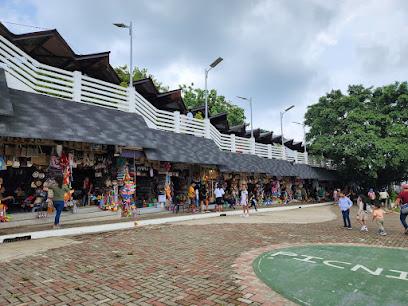
Easy Shop Shopping Center Corporation Tagaytay
Experience local culture and shop for unique souvenirs at Easy Shop Shopping Center, Tagaytay's charming general store.

Cheryll's fashion boutique
Discover fashion-forward accessories at Cheryll's Fashion Boutique in Tagaytay, a stylish destination for every trendsetter.

Carizas Giftshop
Discover unique souvenirs and artisanal treasures at Carizas Giftshop in Tagaytay, a must-visit for culturally rich shopping experiences.

KYF'z Crafts Shop
Explore KYF'z Crafts Shop in Tagaytay for unique souvenirs and handcrafted treasures that embody the rich culture of the Philippines.
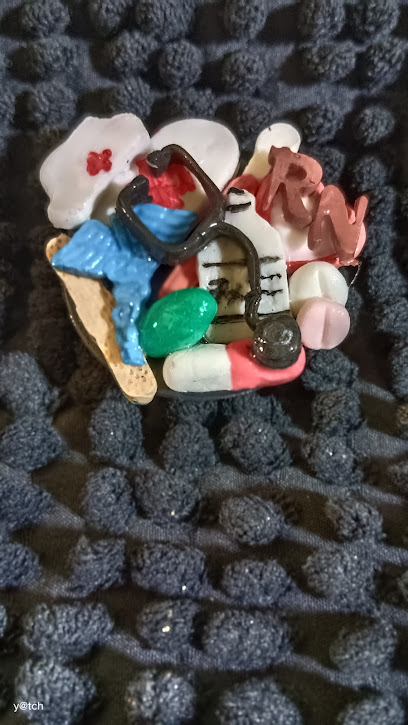
IGAN HIPOLITO HOUSE OF NATIVE PRODUCTS
Explore authentic Filipino crafts and souvenirs at Igan Hipolito House of Native Products in scenic Tagaytay, Cavite.
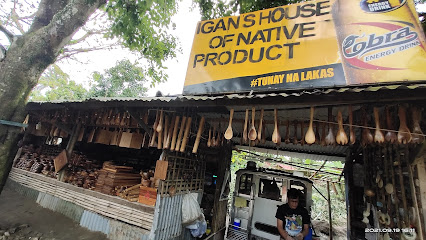
Atin Ito Handicrafts
Explore Atin Ito Handicrafts in Tagaytay for unique Filipino souvenirs that embody culture and artistry.
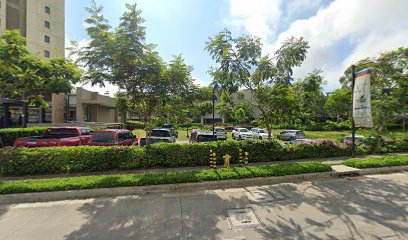
Positive Clothing Tagaytay
Explore the latest fashion trends at Positive Clothing in Tagaytay's Olivarez Plaza, where style meets comfort in a vibrant shopping atmosphere.
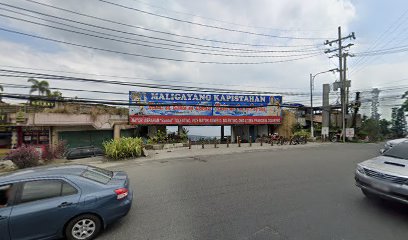
Essential bars & hidden hideouts
Papa Doms Bar and Restaurant - Tagaytay
Discover the perfect blend of local cuisine and stunning views at Papa Doms Bar and Restaurant in Tagaytay.
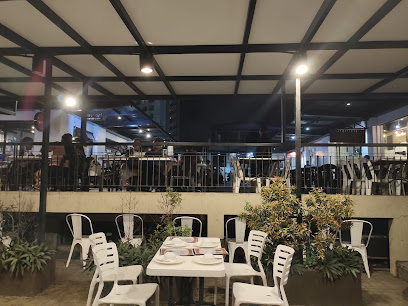
Cabanas Dine and Bar
Discover a vibrant culinary haven at Cabanas Dine and Bar, where stunning views meet delectable dishes in the heart of Tagaytay.
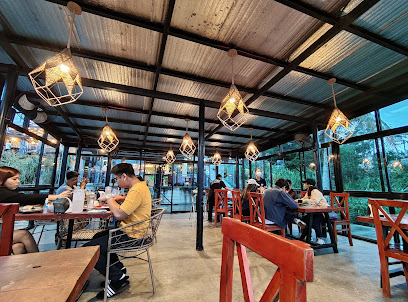
PUSO Grill and Restobar
Discover the perfect blend of local and international flavors at PUSO Grill and Restobar in Tagaytay, where every meal is a feast for the senses.
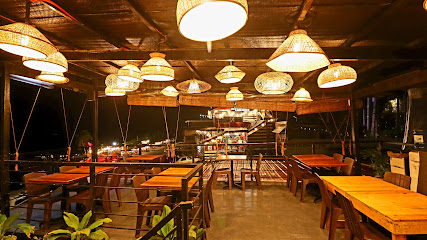
The Peak Bar & Restaurant
Experience exquisite dining with breathtaking views at The Peak Bar & Restaurant, Tagaytay's culinary treasure.
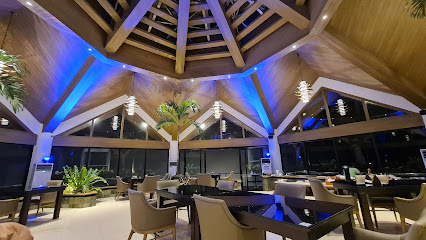
Skypiea Rooftop Bar & Kitchen
Discover the vibrant Skypiea Rooftop Bar & Kitchen in Tagaytay, where breathtaking views meet delightful culinary experiences.
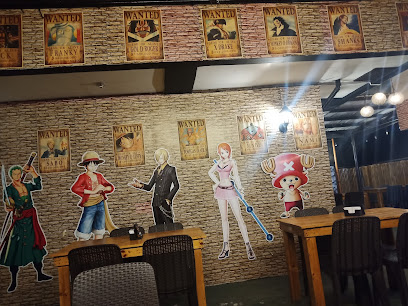
Craftbeer Sanctuary
Discover the flavors of artisanal brews at Craftbeer Sanctuary in Tagaytay, where craft beer lovers unite in a cozy atmosphere and stunning views.
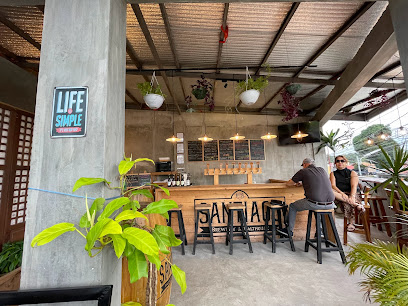
Lighthouse bar and restaurant
Experience vibrant nightlife and delicious dining at Lighthouse Bar and Restaurant in Tagaytay, where live music meets stunning views.
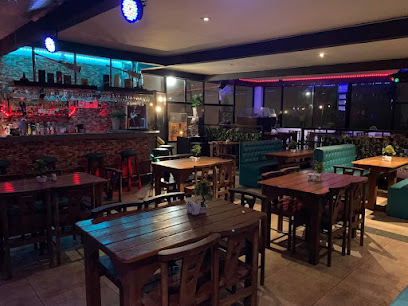
ARCANE PH
Experience the vibrant nightlife at ARCANE PH, Tagaytay's ultimate bar for cocktails, music, and stunning views.
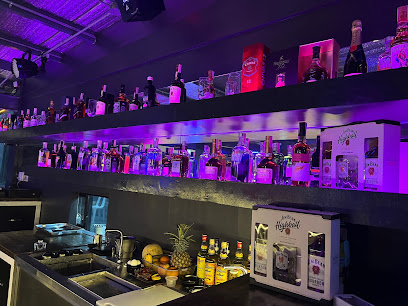
Lukkas Resto Bar Cafe
Discover the flavors of Tagaytay at Lukkas Resto Bar Cafe, where culinary delights meet stunning views of Taal Lake.
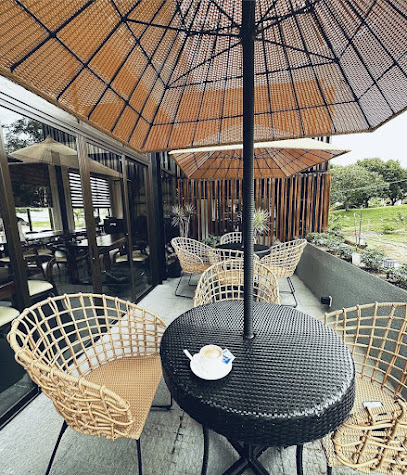
Lanai Terraces
Discover the tranquil beauty of Lanai Terraces, a serene lounge in Tagaytay offering breathtaking views and a taste of local flavors.

Amra | Anya Resorts Tagaytay
Discover tranquility at Amra, the premier lounge at Anya Resorts Tagaytay, offering stunning views and exquisite refreshments in a serene atmosphere.
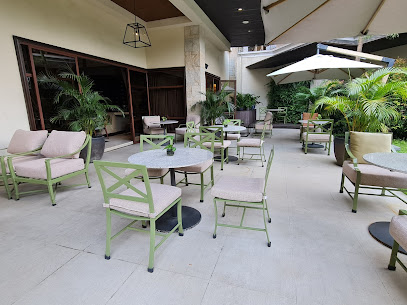
Volcano Lounge Restobar
Discover the vibrant nightlife and delicious dining at Volcano Lounge Restobar, Tagaytay's hotspot for great food and live music.
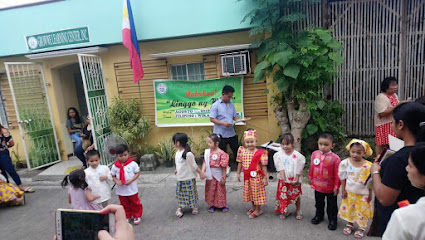
Rage Bar & Restaurant
Discover the vibrant atmosphere and breathtaking views at Rage Bar & Restaurant in Tagaytay, where culinary delights and lively entertainment await.
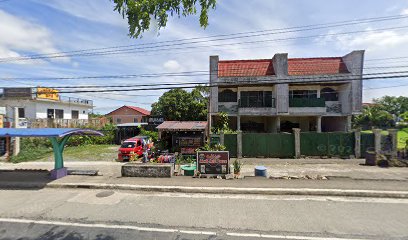
The Strip
Discover the vibrant nightlife at The Strip in Tagaytay, where stunning views meet lively atmosphere and unforgettable experiences.
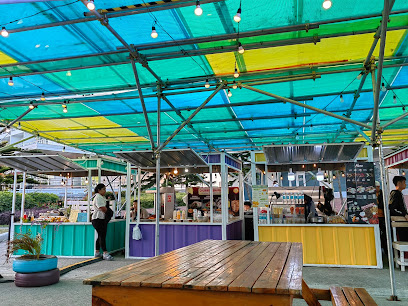
Sa Hardin Cafe & Bar by: Nanay Dories
Experience the charm of Tagaytay at Sa Hardin Cafe & Bar, where delicious food meets breathtaking views of Taal Volcano.
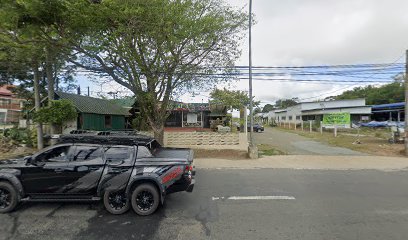
Local Phrases
-
- HelloKamusta
[ka-mus-ta] - GoodbyePaalam
[pa-a-lam] - YesOo
[o-o] - NoHindi
[hin-di] - Please/You're welcomePakiusap/Paki
[pa-ki-u-sap/pa-ki] - Thank youSalamat
[sa-la-mat] - Excuse me/SorryPaumanhin/Pasensya
[pa-u-man-hin/pa-sen-sya] - How are you?Kamusta ka?
[ka-mus-ta ka?] - Fine. And you?Mabuti. Ikaw?
[ma-bu-ti. i-kaw?] - Do you speak English?Marunong ka ba mag-Ingles?
[ma-run-ong ka ba mag-ing-gles?] - I don't understandHindi ko maintindihan
[hin-di ko main-tin-di-han]
- HelloKamusta
-
- I'd like to see the menu, pleaseGusto ko makita ang menu, pakiusap
[gus-to ko ma-ki-ta ang me-nu, pa-ki-u-sap] - I don't eat meatHindi ako kumakain ng karne
[hin-di a-ko ku-ma-kain ng kar-ne] - Cheers!Tagay!
[ta-gay] - I would like to pay, pleaseGusto ko magbayad, pakiusap
[gus-to ko mag-ba-ya, pa-ki-u-sap]
- I'd like to see the menu, pleaseGusto ko makita ang menu, pakiusap
-
- Help!Tulong!
[tu-long] - Go away!Lumayo ka!
[lu-ma-yo ka] - Call the Police!Tawagin ang pulis!
[ta-wa-gin ang pu-lis] - Call a doctor!Tawagin ang doktor!
[ta-wa-gin ang dok-tor] - I'm lostNawawala ako
[na-wa-wa-la a-ko] - I'm illMay sakit ako
[may sa-kit a-ko]
- Help!Tulong!
-
- I'd like to buy...Gusto ko bumili ng...
[gus-to ko bu-mi-li ng] - I'm just lookingNagtitignan lang ako
[nag-ti-tig-nan lang a-ko] - How much is it?Magkano ito?
[mag-ka-no i-to] - That's too expensiveMasyadong mahal iyon
[ma-sya-dong ma-hal i-yon] - Can you lower the price?Pwede mo bang babaan ang presyo?
[pwe-de mo bang ba-ba-an ang pre-syo]
- I'd like to buy...Gusto ko bumili ng...
-
- What time is it?Anong oras na?
[a-nong o-ras na] - It's one o'clockAlas-una na
[a-las-u-na na] - Half past (10)Ala-una y medya
[a-la-u-na y med-ya] - MorningUmaga
[u-ma-ga] - AfternoonHapon
[ha-pon] - EveningGabi
[ga-bi] - YesterdayKahapon
[ka-ha-pon] - TodayNgayon
[nga-yon] - TomorrowBukas
[bu-kas] - 1Isa
[i-sa] - 2Dalawa
[da-la-wa] - 3Tatlo
[tat-lo] - 4Apat
[a-pat] - 5Lima
[li-ma] - 6Anim
[a-nim] - 7Pito
[pi-to] - 8Walo
[wa-lo] - 9Siyam
[si-yam] - 10Sampu
[sam-pu]
- What time is it?Anong oras na?
-
- Where's a/the...?Nasaan ang...?
[na-sa-an ang] - What's the address?Ano ang address?
[a-no ang ad-dres] - Can you show me (on the map)?Pwede mo ba akong ipakita (sa mapa)?
[pwe-de mo ba a-kong i-pa-ki-ta sa ma-pa] - When's the next (bus)?Kailan ang susunod na (bus)?
[ka-i-lan ang su-su-nod na bus] - A ticket (to ....)Isang tiket (papunta sa ....)
[i-sang ti-ket pa-pun-ta sa]
- Where's a/the...?Nasaan ang...?
History of Tagaytay
-
Tagaytay's history is closely intertwined with the geological activity of the Taal Volcano, one of the most active volcanoes in the Philippines. The current Taal caldera formed during four major explosive eruptions between 140,000 and 5,380 BP. The caldera was later filled by the waters of Taal Lake, creating the unique island-within-a-lake-on-an-island formation that attracts many visitors today.
-
Before the arrival of Spanish colonizers, the indigenous Tagalog people inhabited the Tagaytay area. They engaged in farming, fishing, and trade with neighboring communities. The fertile volcanic soil made the region a hub for agriculture, producing crops like rice, sugarcane, and coconuts.
-
During the Spanish colonial period, Tagaytay served as a refuge for Filipino revolutionaries and a strategic military location. Spanish friars introduced Christianity to the area, building churches and converting the local population. However, the dense forests and rugged terrain made Tagaytay a difficult area for the Spanish to fully control.
-
Tagaytay Ridge played a significant role during the Philippine Revolution against Spanish rule. The ridge provided a strategic vantage point for Filipino revolutionaries, offering sweeping views of the surrounding areas. This made it easier to spot approaching Spanish forces and plan defensive maneuvers.
-
During World War II, Tagaytay was the site of significant military activity. The Battle of Tagaytay Ridge in February 1945 was a critical engagement between American and Japanese forces. The U.S. 11th Airborne Division successfully captured Tagaytay Ridge, which was crucial for the liberation of Manila and the eventual defeat of Japanese forces in the Philippines.
-
Following World War II, Tagaytay began to develop into a popular tourist destination. Its cool climate, panoramic views, and proximity to Metro Manila made it an attractive getaway for both locals and international visitors. Infrastructure improvements, such as the construction of roads and hotels, facilitated this transformation.
-
Today, Tagaytay is known for its vibrant culture and culinary scene. The city is famous for its bulalo (beef marrow stew) and fresh produce from local farms. Tagaytay also hosts various cultural festivals, such as the Pahimis Coffee Festival, celebrating the region's rich agricultural heritage. The city's blend of natural beauty, historical significance, and modern amenities continues to draw visitors from all over the world.
Tagaytay Essentials
-
Tagaytay is located in the province of Cavite, approximately 60 kilometers south of Manila, the capital of the Philippines. The most common way to get to Tagaytay is by bus or car. From Manila, you can take a bus from terminals in Cubao or Pasay, which usually takes around 2 to 3 hours depending on traffic. Alternatively, you can hire a private car or use ride-sharing services like Grab for a more comfortable journey.
-
Getting around Tagaytay is relatively easy. Jeepneys and tricycles are the most common forms of local transportation. For a more convenient and comfortable way to explore, you can also rent a car or hire a private driver. Many tourist spots are located close to each other, making it feasible to explore by walking or biking.
-
The official currency in the Philippines is the Philippine Peso (PHP). Credit cards are widely accepted in hotels, restaurants, and major shops in Tagaytay, but it is advisable to carry cash for smaller establishments and local markets. ATMs are available in the city, but it’s wise to withdraw enough cash before venturing into less commercialized areas.
-
Tagaytay is generally a safe destination for tourists. However, it is always advisable to take standard precautions. Avoid walking alone at night in secluded areas and keep an eye on your belongings in crowded places. While Tagaytay has a low crime rate, petty crimes like pickpocketing can occur, especially in busy tourist spots. Areas near the Tagaytay Public Market and Olivarez Plaza can get crowded, so stay vigilant.
-
In case of emergency, dial 911 for immediate assistance. Tagaytay has local police stations and medical facilities available. It is recommended to have travel insurance that covers medical emergencies. For minor health issues, there are several pharmacies in Tagaytay where you can purchase over-the-counter medications.
-
Fashion: Do dress in comfortable, casual clothing, but avoid overly revealing outfits, especially when visiting religious sites. Religion: Do respect local customs and traditions. Remove your shoes before entering religious places and dress modestly. Public Transport: Do be respectful and offer your seat to elderly passengers. Don't eat or drink on public transport. Greetings: Do greet people with a smile and a simple ‘hello’ or ‘kumusta’ (how are you). Eating & Drinking: Do try local delicacies and accept food offerings graciously. Don't refuse hospitality, as it is considered impolite.
-
To experience Tagaytay like a local, visit the Tagaytay Public Market early in the morning for fresh produce and local delicacies. Engage with locals, who are generally friendly and willing to share tips about the best spots in town. Don't miss the Tagaytay Picnic Grove for a local family outing experience, and try the famous Bulalo at one of the local eateries. For a unique experience, take a boat ride to Taal Volcano and hike up to the crater.
Trending Landmark in Tagaytay
-
Sky Ranch Tagaytay
-
Mahogany Beef Market & Bulalohan
-
Tagaytay Picnic Grove
-
People's Park in the Sky
-
Twin Lakes Tagaytay
-
Pink Sisters' Convent and Chapel
-
Our Lady of Lourdes Parish Church - Silang Junction North, Tagaytay City, Cavite (Diocese of Imus)
-
Tagaytay Public Market
-
Puzzle Mansion
-
Museo Orlina
-
Crosswinds | Luxury Swiss Resort in Tagaytay
-
Fora Rotunda Tagaytay by Filinvest
-
Mahogany Public Market
-
Our Lady of Manaoag
-
Villa Ibarra
Nearby Cities to Tagaytay
-
Things To Do in Manila
-
Things To Do in Subic
-
Things To Do in Angeles City
-
Things To Do in Baguio
-
Things To Do in Boracay
-
Things To Do in Legazpi
-
Things To Do in Sagada
-
Things To Do in Vigan
-
Things To Do in Ilocos Norte
-
Things To Do in Cebu City
-
Things To Do in Puerto Princesa
-
Things To Do in Bohol
-
Things To Do in Palawan
-
Things To Do in Camiguin
-
Things To Do in Batanes











